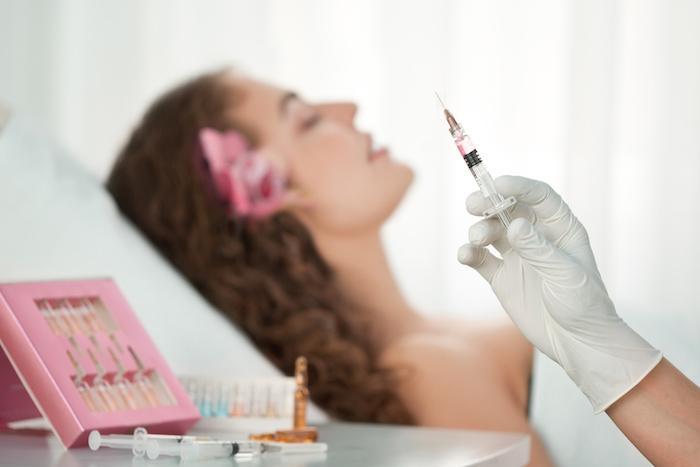Botox and dermal fillers (طريقة النوم بعد حقن الفيلر) are both popular cosmetic treatments designed to reduce the signs of aging and enhance facial aesthetics. However, they serve different purposes and work through different mechanisms. Here’s a breakdown of their key differences.
1. Composition
Botox
- Botulinum Toxin: Botox is a neurotoxin derived from the bacterium Clostridium botulinum. It temporarily paralyzes the muscles it is injected into, preventing them from contracting.
Dermal Fillers
- Variety of Substances: Dermal fillers are made from various substances, the most common being hyaluronic acid (HA), calcium hydroxylapatite, and poly-L-lactic acid. These substances add volume and hydration to the skin.
2. Mechanism of Action
Botox
- Muscle Relaxation: Botox works by blocking nerve signals to specific muscles, effectively relaxing them. This reduces the appearance of dynamic wrinkles, which are caused by muscle movement, such as frown lines and crow's feet.
Dermal Fillers
- Volume Restoration: Dermal fillers are injected into areas of the skin to restore lost volume, smooth out static wrinkles, and enhance facial contours. They plump and hydrate the skin, giving a fuller appearance.
3. Areas of Treatment
Botox
- Commonly Treated Areas: Botox is typically used for dynamic wrinkles, such as:
- Forehead lines
- Frown lines (between the eyebrows)
- Crow’s feet (around the eyes)
Dermal Fillers
- Commonly Treated Areas: Dermal fillers are used to enhance or restore volume in areas such as:
- Lips
- Cheeks
- Nasolabial folds (smile lines)
- Marionette lines (around the mouth)
- Temples
- Under-eye hollows
4. Duration of Results
Botox
- Shorter Duration: The effects of Botox typically last 3 to 6 months, after which muscle activity gradually returns, and wrinkles may reappear.
Dermal Fillers
- Varied Longevity: The duration of results for dermal fillers varies depending on the type used and the area treated, generally lasting from 6 months to 2 years.
5. Treatment Process
Botox
- Quick Injections: Botox treatments usually take about 10 to 15 minutes, with minimal downtime. Patients can often resume normal activities immediately.
Dermal Fillers
- Slightly More Complex: Dermal filler treatments may take 15 to 30 minutes and can involve more precision in injection locations. Some swelling or bruising may occur, requiring a short recovery period.
6. Side Effects
Botox
- Potential Side Effects: Common side effects of Botox include temporary bruising, headache, and, rarely, eyelid drooping if injected improperly.
Dermal Fillers
- Potential Side Effects: Side effects for dermal fillers may include swelling, bruising, and, in rare cases, lumps or unevenness in the treated area.
Conclusion
In summary, Botox and dermal fillers are distinct treatments that cater to different cosmetic needs. Botox is primarily used to treat dynamic wrinkles by relaxing muscles, while dermal fillers add volume and hydration to the skin. Understanding these differences can help you choose the right treatment for your aesthetic goals. Always consult with a qualified practitioner to discuss your options and create a personalized treatment plan.
4o mini





Comments